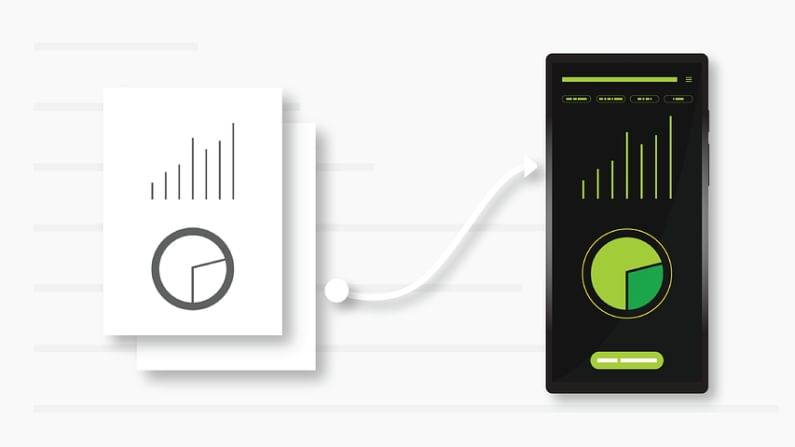India is world's biggest market for lending apps
At the last count, India has 887 active loans apps, according to a study. The US comes at a distant second with 112 apps

India is world’s biggest market for mobile lending apps on Android phones with the country home to nearly 82% of all online lenders across the globe. The startling data revealed by a research study by CloudSEK, a Bengaluru-based digital risk management company, was discussed threadbare at the recent meeting of the Reserve Bank of India (RBI) working group formed to study various aspects of digital lending activities.
At the last count, India has 887 active loans apps as per the study. The US comes at a distant second with 112 apps. Pakistan takes the third place with 34, closely followed by South Africa (30) and Kenya (20). The study excludes the number of apps available in China for the complexity in compiling them in the absence of available data.
In most developed markets, credit cards fill the space for quick personal loans of small amounts. In India, banks have been extremely cautious of issuing credit cards after delinquencies piled up a few years ago creating a mess for them.
The market for app-based online lenders grew exponentially since April 2020 when the pandemic-induced lockdown and the subsequent economic recession rendered many Indians jobless. The banking regulator was stunned at the pace at which the apps flooded the market without much ado.
So, what is promoting this explosive growth in lending apps in India? A member of the RBI working group told Money9 that the two prime forces are the mobile revolution and the payment revolution in the country. “A majority of Indian population has now access to mobile phones and can navigate in the digital world. The other contributory factors are India’s fast payments systems like Unified Payments Interface (UPI) and our ability to purchase online with ease,” he says.
“This is aided by a good regulatory environment. Aadhar and other `open banking’ allow banks and other organisations to share their consumer data with consent. The country has also got a thriving digital eco-system, with start-ups and venture investments,” he adds.
The RBI working group, which was set up in January 2021, has already met several times. What forced the RBI to set up the working group is the sudden proliferation of online money lenders and a spate of suicides by patrons who were allegedly blackmailed by some of the illegal lenders. The working group will submit its report by mid-March.
The RBI has already asked Google Play Store to ban several “illegal apps” that are already on the radar of investigating agencies. But the challenge is that there are several app stores in existence and the illegal apps keep sprouting with different names and hues. To recommend a way forward, the working group may try to compare the generated data with the data of non-banking finance companies (NBFCs) and identify the illegal online lenders.
As per the initial estimate, nearly 40% of the existing loan apps in India are either illegal or having bad intent to dupe the customer. The number may vary as more lending apps are identified and added to the list.

